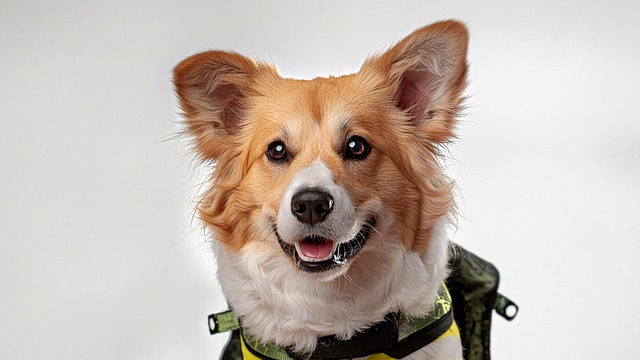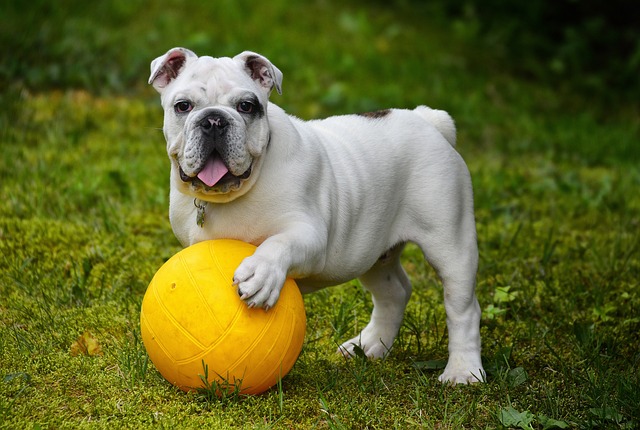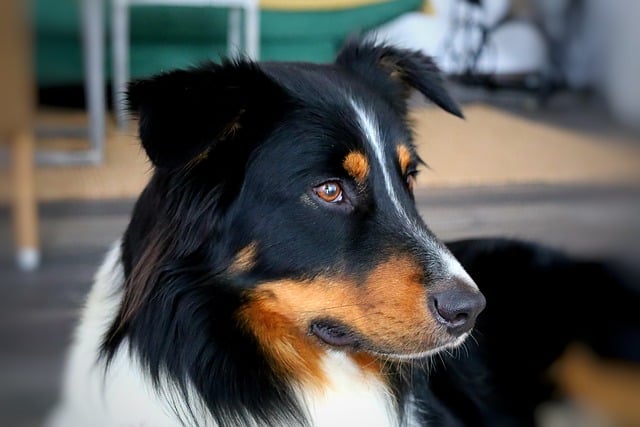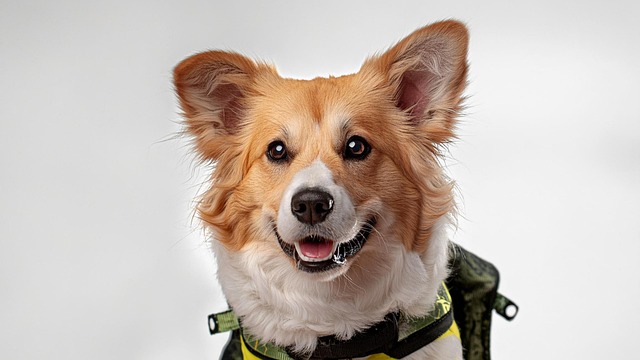
how often should i bathe my dog in the summer
There's nothing quite like the smell of a dog who's been rolling in sun-baked grass, swimming in lakes, and generally living their best summer life—until
Imagine you’re in your Los Angeles apartment, sitting on the couch while your 1-year-old Lab mix, Max, scratches his belly so hard he’s leaving red marks. You’ve tried putting a cone on him (he hates it, and it knocks over your coffee mugs) and switching his shampoo, but the itching won’t stop. You Google “how long does it take for a dog skin allergy to go away” and get conflicting answers—some say 3 days, others 3 months. If you’re a new US dog owner, this confusion is totally relatable: you want Max to feel better fast, but you don’t know what to trust. The truth? Recovery time depends on what’s causing the allergy and how quickly you fix it—but with the right steps, most dogs start feeling better in 1–4 weeks.
First, let’s break down why timing varies (no fancy jargon, promise). Dog skin allergies usually come from three things: environment (dust mites in your apartment couch, grass pollen), food (common culprits like chicken or wheat), or fleas. My vet in Austin explains it simply: “If Max is allergic to dust mites, cleaning your apartment will ease symptoms in a few days. But if it’s a food allergy, you’ll need to switch his food—and that takes 2–3 weeks for his gut to adjust.” A neighbor learned this with her Corgi, Bella: Bella was allergic to her wheat kibble, and after switching to a grain-free diet, her itching stopped in 3 weeks. Unlike a cut or a cold, allergies don’t “heal” overnight—your job is to remove the trigger, then help his skin recover.

Here’s how to speed up Max’s recovery, step by step, in your apartment. First, visit the vet ASAP. Bring a sample of his food, a photo of his itchy spots, and notes (does he scratch more after walks? At night?). The vet can test for allergies—they might do a quick skin check or blood test—to find the trigger. If it’s fleas, they’ll give you a pet-safe flea treatment (skip over-the-counter sprays—some irritate sensitive skin). Second, fix his environment. If dust mites are the issue, wash his bed in hot water (130°F kills mites) weekly, and vacuum your couch with a HEPA filter. For grass pollen, wipe his paws with a damp cloth after walks—this stops him from licking pollen off and spreading it to his belly. Third, soothe his skin gently. Use a vet-recommended oatmeal shampoo (no human shampoo—it’s too harsh!) for weekly baths, and reward him with a freeze-dried salmon treat after—positive reinforcement makes bath time less stressful. If he scratches a lot, put a soft, breathable onesie on him (you can find them at pet stores!) instead of a cone—he’ll be more comfortable, and your mugs will stay safe.
Now, let’s tie in US rules and pet culture you can’t ignore. First, compliance: Even while treating allergies, don’t skip Max’s rabies vaccine—California requires yearly boosters, and unvaccinated dogs can’t get allergy treatments at most clinics. When you walk him, always bring poop bags—Seattle fines $250 for uncollected waste, and allergy-prone dogs might have looser stools (from switching food), so cleaning up fast is key. Second, community manners: If Max is allergic to grass, avoid dog parks with tall grass—stick to paved sidewalks for walks. If a neighbor asks about his onesie, explain it’s to help his skin—responsible pet owners share tips, not excuses. Third, cultural musts: Never punish Max for scratching or licking—yelling or tapping his nose won’t stop the itch, and US pet culture rejects fear-based treatment. He’s not “misbehaving”—he’s in pain. Instead, praise him when he uses his chew toy instead of scratching—kindness keeps him calm while he heals.
Most dogs like Max start showing improvement in 1 week if the trigger is removed. By 4 weeks, his red spots will fade, and he’ll stop scratching enough to knock over your coffee. Remember: allergies are a long-term thing—you’ll need to keep cleaning your apartment and feeding him the right food—but with time, he’ll be back to zooming around your living room, itch-free.

There's nothing quite like the smell of a dog who's been rolling in sun-baked grass, swimming in lakes, and generally living their best summer life—until

Imagine you’re in your Chicago apartment, kneeling beside your 1-year-old Goldendoodle, Max, who’s scratching his belly so hard he’s leaving tiny red marks.

The supplement aisle at your local pet store can feel overwhelming—rows of bottles promising everything from joint support to boosted immunity for your dog.

Puppies tumble into crates like they’re discovering a cozy cave, but as they grow, that same space can start to feel small—both physically and emotionally.

German Shepherd puppies start teething around 3 to 4 months old, and it’s a messy, sometimes destructive phase.

Imagine you’re in your Los Angeles apartment, sitting on the couch while your 1-year-old Lab mix, Max, scratches his belly so hard he’s leaving red marks.